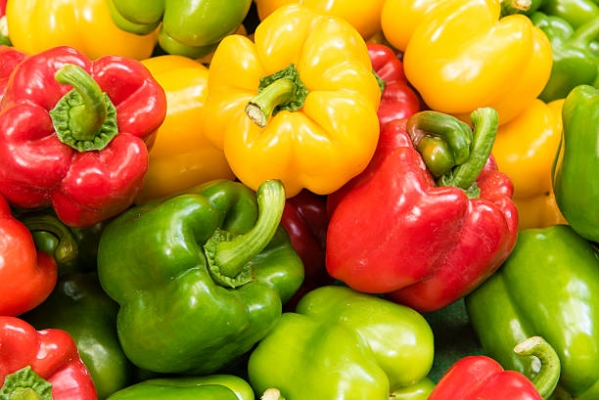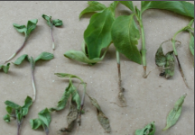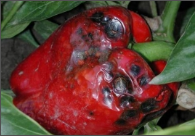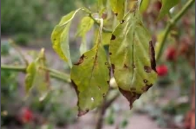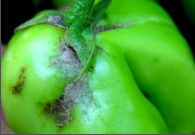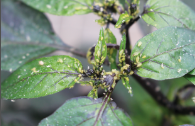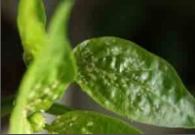Normal varieties:
California Wonder, Bull Nose, Yellow wonder, Solan Yellow, Arka Mohini, Arka Gaurav and Arka Basant are popularly grown varieties in Uttarakhand state. These varieties gives average yield of 75-104qtl per acre. It matures in 80-85 days bu Arka Gaurav matures in 125-150 days.
Hybrid varieties:
Indra: This variety has tall and bushy appearance. It has dark green color leaves having dense foliage. Fruits are dark green in color with an average weight of 170gm. Fruit development starts after 50-55 days of sowing. It is ideal for long distance transportation and has longer shelf life.
Bharat, Pusa Dipti, Heera, Red Crown and Pusa deepti are hybrid varieties of capsicum grown in Uttarakhand.
Other state varieties:
Bomby (red color): It is an early maturing variety. This variety has tall and strong plant having good branching. It requires adequate shelter for fruit development. It contains dark green color fruits which become red at the time of maturity having an average weight of 130-150gm. It has longer shelf life and can be ideal for long distance transportation.
Orobelle (yellow color): It is grown in mainly cold climate. The fruits are almost square in shape having medium-thick wall. The fruits become yellow at the time of maturity having an average weight of 150gm. It is disease resistant variety which can be grown in open field and in greenhouses.

